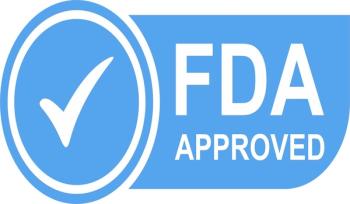
Preventing Hospital-Acquired Conditions Saved 8000 Lives, AHRQ Report Says
National efforts to reduce hospital-acquired conditions (HACs), such as infections, adverse drug events, and injuries from falls, helped prevent an estimated 8000 inpatient deaths and save $2.9 billion between 2014 and 2016, according to a report released Tuesday from the Agency for Healthcare Research and Quality (AHRQ).
National efforts to reduce hospital-acquired conditions (HACs), such as infections, adverse drug events, and injuries from falls, helped prevent an estimated 8000 inpatient deaths and save $2.9 billion between 2014 and 2016, according to a report released Tuesday from the Agency for Healthcare Research and Quality (AHRQ).
The
CMS has set a goal of reducing HACs by 20% from 2014 through 2019, it said in a
Once the 20% reduction goal is met, AHRQ projects that during 2015 through 2019 there would be 1.8 million fewer patients with HACs, resulting in 53,000 fewer deaths and saving $19.1 billion in hospital costs.
CMS said it supports multiple programs and initiatives focused on improving patient safety. These include the Quality Improvement Network—Quality Improvement Organizations, activities of the HIINs, and the ESRD (End Stage Renal Disease) Network Program. These networks provide direct technical assistance and support the spread of evidence-based best practices to reduce HACs via systematic quality improvement work.
“Estimates in the new National Scorecard identify important goals for ongoing efforts to protect patients,” said AHRQ Director Gopal Khanna, MBA. “These data not only help us track how we’re doing, but they help us set the target for where we need to go. We continue to work with HHS and others to develop tools and resources hospitals and clinicians can use to reach those goals.”
Updated estimates in AHRQ’s new National Scorecard were based on an expanded population set of hospital patients and were calculated despite recent changes in medical coding.
Data in the scorecard showed that overall harms decreased in several categories, such as infections and adverse drug events, which dropped 15% from 2014 to 2016.
Opportunities for improvement exist for reducing some harms, such as pressure ulcers, which increased from 2014—2016.
The newly measured declines in hospital-acquired conditions parallel earlier gains. Hospital-acquired conditions overall dropped 17% from 2010 to 2014, saving $19.9 billion in healthcare costs and preventing 87,000 deaths. Preliminary data for 2017 are expected within the next year to see if the reductions seen in 2014 to 2016 have continued.
Newsletter
Stay ahead of policy, cost, and value—subscribe to AJMC for expert insights at the intersection of clinical care and health economics.















































